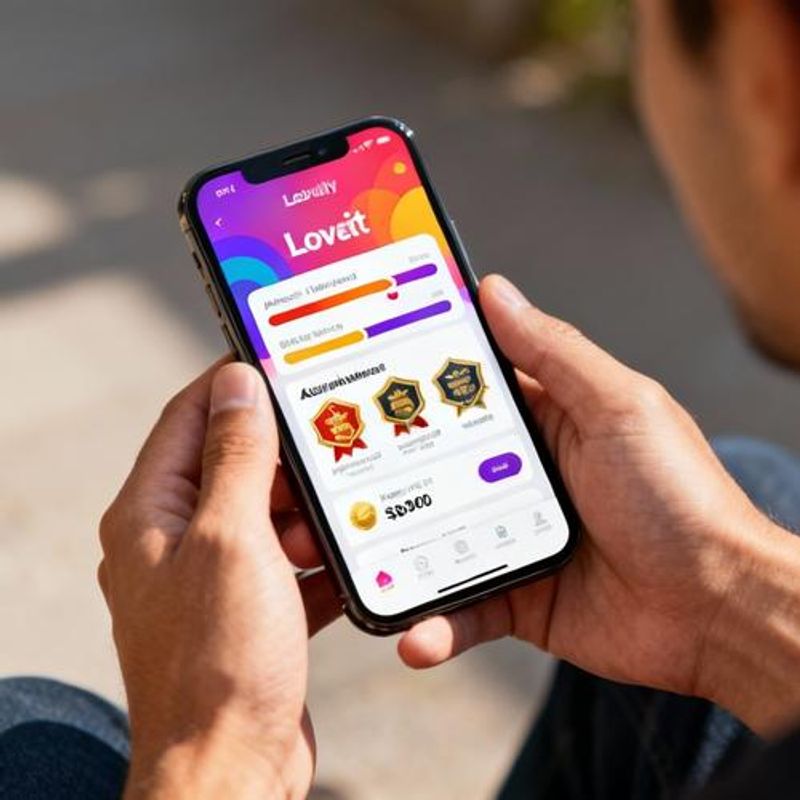The Complete Guide to Gamification Marketing: Boost Engagement and Drive Results

Struggling to capture your audience's attention and keep them engaged with your brand? Gamification marketing transforms ordinary customer interactions into compelling experiences that drive participation, loyalty, and sales. This comprehensive guide reveals proven strategies, real-world examples, and actionable frameworks to implement gamification that actually works for your business.

Why Traditional Marketing Falls Short in Today's Attention Economy
Modern consumers are bombarded with over 5,000 marketing messages daily, making traditional advertising increasingly ineffective. Businesses across industries face declining engagement rates, shorter attention spans, and rising customer acquisition costs. Gamification marketing addresses these challenges by tapping into fundamental human psychology – our innate desire for achievement, competition, and rewards. Whether you're a marketing manager, business owner, or growth strategist, understanding how to leverage game mechanics can transform your customer relationships and bottom line.
Key Takeaways: Gamification Marketing Essentials
Before diving into implementation details, here are the core principles that make gamification marketing successful:
- Focus on intrinsic motivation rather than just external rewards
- Design for progression and mastery, not just instant gratification
- Align game mechanics with specific business objectives
- Maintain transparency and avoid manipulative tactics
- Test, measure, and iterate based on user behavior data

Core Game Mechanics That Drive Marketing Success
Effective gamification marketing relies on proven psychological triggers. Points and scoring systems provide immediate feedback and create a sense of progress. Challenges and quests give users clear objectives and path to completion. Leaderboards tap into social comparison and competitive drives. Achievement badges satisfy our need for recognition and status. Progress bars leverage the goal gradient effect, where motivation increases as we approach completion. Social features like sharing achievements amplify engagement through peer influence.
Strategic Implementation Framework
Start by defining your core objective: increased engagement, improved retention, or higher conversion rates. Map your customer journey to identify optimal touchpoints for gamification. Choose mechanics that align with your brand personality and user preferences. Design onboarding that gradually introduces game elements without overwhelming new users. Create meaningful rewards that provide genuine value beyond points or badges. Implement feedback loops that help users understand their progress and next steps.
Proven Gamification Marketing Examples and Templates
Loyalty programs remain the most accessible starting point. Create tiered membership levels with increasing benefits. Implement referral challenges where users earn rewards for bringing friends. Design social sharing campaigns with achievement unlocks. Build educational quests that guide users through product features. Develop seasonal competitions that create urgency and community participation. Use progress tracking for goal-based products like fitness or learning platforms.

Measurement and Optimization Best Practices
Track engagement metrics like time spent, actions completed, and return frequency. Monitor progression rates through your gamified experience. Measure business impact including conversion rates, customer lifetime value, and retention. Use A/B testing to optimize reward structures and game mechanics. Analyze user feedback to identify friction points and improvement opportunities. Regular data review ensures your gamification continues delivering value over time.
Common Pitfalls and How to Avoid Them
Over-reliance on extrinsic rewards can diminish intrinsic motivation over time. Avoid creating systems that feel like work rather than play. Don't implement gamification without clear business objectives or success metrics. Resist the temptation to gamify every interaction – strategic placement is more effective. Ensure your game mechanics don't create unintended negative behaviors or user frustration. Maintain balance between challenge and achievability to prevent user dropout.
Next Steps: Implementing Your Gamification Marketing Strategy
Successful gamification marketing requires thoughtful planning, user-centered design, and continuous optimization. Start small with one or two mechanics, measure their impact, then expand based on results. Consider using specialized platforms or tools that simplify implementation and provide analytics. Remember that the most effective gamification feels natural and adds genuine value to your customer experience. Ready to transform your marketing approach? Begin by identifying your primary engagement challenge and selecting the game mechanics that best address your users' motivations.